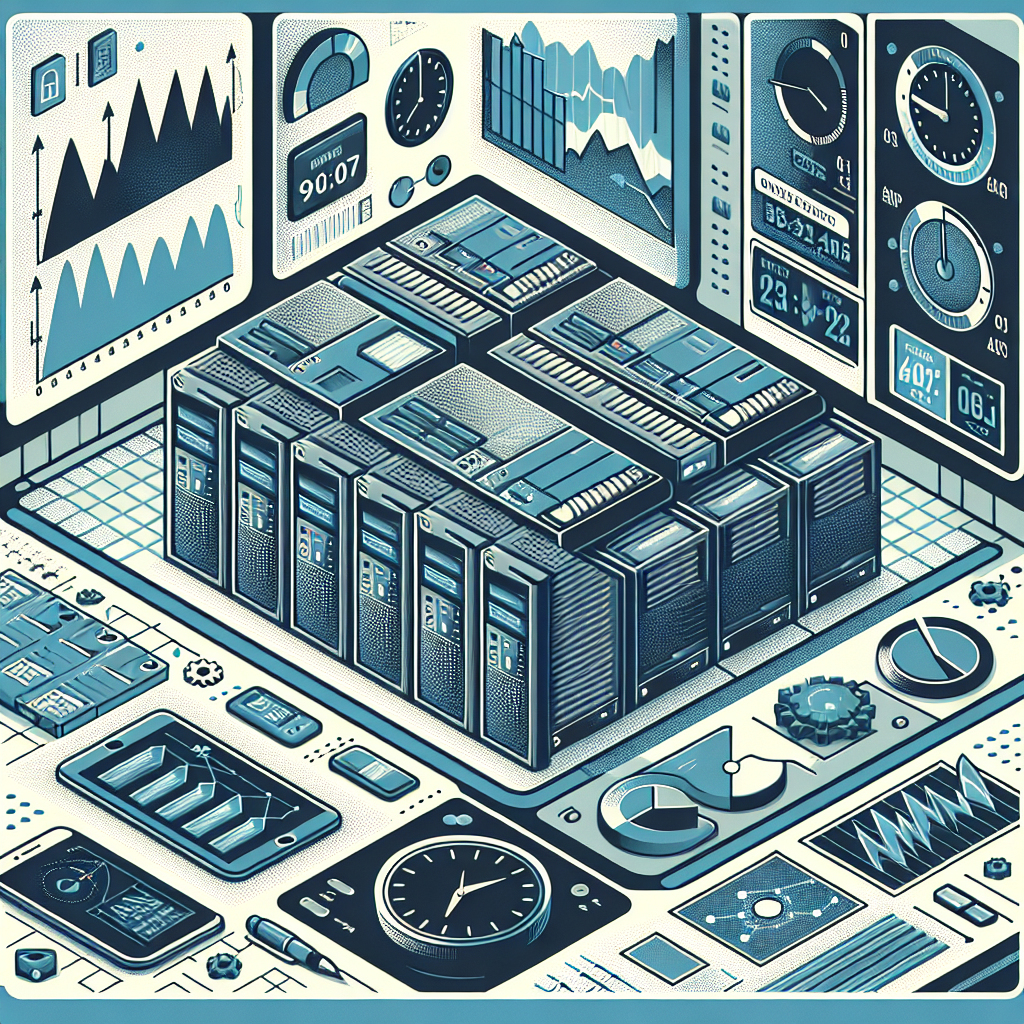Your cart is currently empty!
Measuring and Monitoring Data Center Uptime: Key Metrics and KPIs to Track

Data centers are vital components of modern businesses, serving as the backbone of their IT infrastructure. Ensuring the uptime and reliability of a data center is crucial for maintaining business operations and avoiding costly downtime. Measuring and monitoring data center uptime is essential for identifying potential issues and optimizing performance. In this article, we will discuss key metrics and KPIs to track when monitoring data center uptime.
1. Uptime Percentage:
One of the most fundamental metrics for measuring data center uptime is the uptime percentage. This metric represents the amount of time that the data center is operational and available to users. Uptime percentage is typically calculated as a percentage of the total time in a given period, with higher percentages indicating better reliability and availability.
2. Mean Time Between Failures (MTBF):
MTBF is a metric that measures the average time between system failures in a data center. By tracking MTBF, data center operators can gain insights into the reliability of their infrastructure and identify areas for improvement. A higher MTBF value indicates a more reliable data center with fewer failures.
3. Mean Time to Repair (MTTR):
MTTR measures the average time it takes to repair a failed component or system in the data center. Monitoring MTTR is essential for minimizing downtime and ensuring quick resolution of issues. A lower MTTR value indicates faster response and resolution times, leading to improved uptime and customer satisfaction.
4. Power Usage Effectiveness (PUE):
PUE is a metric that measures the efficiency of a data center in terms of power consumption. By tracking PUE, data center operators can identify opportunities to reduce energy consumption and lower operating costs. A lower PUE value indicates a more efficient data center with reduced environmental impact.
5. Temperature and Humidity Levels:
Monitoring temperature and humidity levels in a data center is critical for ensuring optimal performance and preventing equipment failures. Fluctuations in temperature and humidity can lead to overheating and system malfunctions, resulting in downtime and potential data loss. By tracking these metrics, data center operators can maintain a stable environment and minimize the risk of equipment failures.
6. Service Level Agreements (SLAs) Compliance:
Tracking SLA compliance is essential for ensuring that data center services meet the agreed-upon standards and performance levels. By monitoring SLAs, data center operators can identify any deviations from service levels and take corrective actions to prevent downtime and maintain customer satisfaction.
In conclusion, measuring and monitoring data center uptime is essential for maintaining the reliability and performance of critical IT infrastructure. By tracking key metrics and KPIs such as uptime percentage, MTBF, MTTR, PUE, temperature, humidity, and SLA compliance, data center operators can identify areas for improvement, optimize performance, and ensure the continuous availability of services. By implementing a robust monitoring strategy, businesses can minimize downtime, reduce operational costs, and enhance the overall efficiency of their data center operations.

Leave a Reply